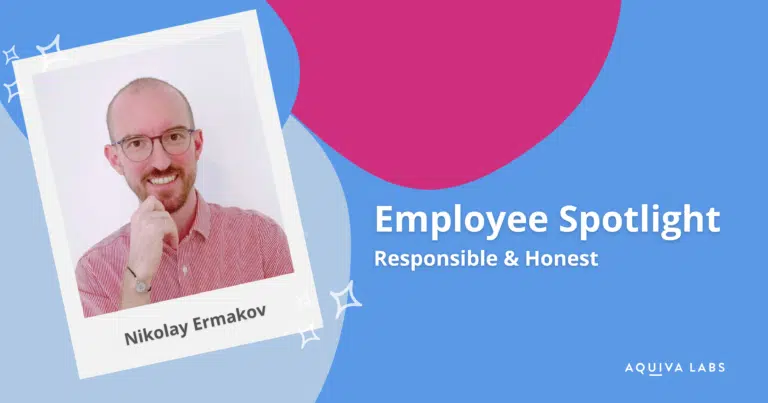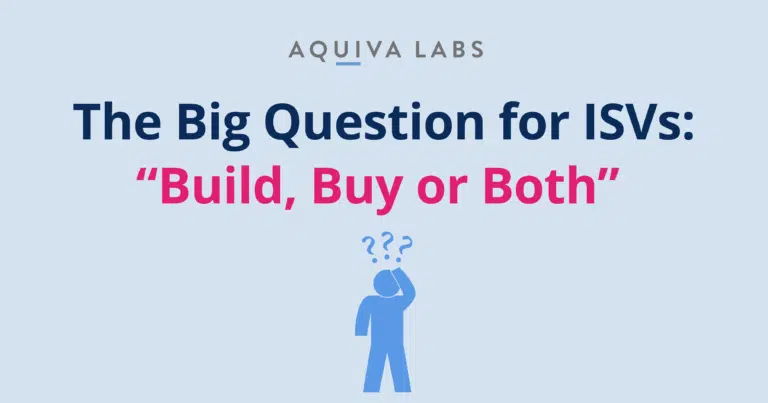Congratulations! Your app is live on Salesforce AppExchange, culminating months of hard work and collaboration with Salesforce. But your journey is just beginning. Here’s how to navigate the post-launch landscape and ensure your App thrives in this dynamic ecosystem.
The AppExchange Advantage
The Salesforce AppExchange is a goldmine for businesses seeking to enhance their Salesforce Customer 360 experience. With a staggering 91% of Salesforce customers leveraging at least one AppExchange solution, it boasts over 7,000 listings and a whopping 13 million installs of apps into Salesforce environments. As an ISV (Independent Software Vendor), your App is part of this vital ecosystem, empowering businesses and driving innovation.
Challenges Faced by In-Market ISVs
While in-market ISVs have already launched their apps and possess a strong understanding of Salesforce development tools, staying competitive requires continuous effort and frequently presents new and unique challenges:
- Maintaining Security Compliance: With Trust as their #1 value, security is paramount for Salesforce. They continuously update security requirements and conduct periodic re-reviews of live marketplace applications. Failure to comply with security requirements can result in applications being entirely delisted from AppExchange, which is unquestionably catastrophic for a Salesforce ISV. Ensuring continued security compliance should therefore be top of the list for any Salesforce ISV, which requires vigilance and ongoing application security updates.
- Keeping Pace with Innovation: The tech world moves fast, and Salesforce is no exception. Partners constantly explore new possibilities with cutting-edge technologies like Data Cloud & AI, Industry Clouds, and new OEM SKUs. Staying abreast of these capabilities and taking advantage of them requires continuous development efforts.
- Operational Efficiency: A successful Salesforce ISV must be familiar with all of the tools which Salesforce provides to manage their business. This includes the free Partner Business Org (PBO) environment and the applications installed within it; Channel Order App (COA), License Management App (LMA), Feature Management App (FMA) and Environment Hub. If these tools are not managed well, they may become a manual operational burden, reducing an ISV’s ability to focus on what really matters to them.
Strategies for Post-Launch Success
To ensure your App remains relevant and successful, a commitment to continuous development is critical. Here’s what you can do:
- Ready, Always: For uninterrupted customer success, stay on top of your listed App. Have architecture experts periodically review the solution and cross-reference with the latest Salesforce release notes. Check for upcoming API changes to prevent disruption and take advantage of new platform features.
- No Surprises with Salesforce Security Re-Reviews: By proactively addressing potential security issues and risks associated with newly identified vulnerabilities, protocol deprecations and API retirements, you can significantly increase your chances of a smooth re-review process and prevent unwanted business disruption.
- Grow Revenue: Beyond the Listing. Simply listing your app on the AppExchange isn’t enough to guarantee a steady stream of customers. Leverage customer success stories and showcase the success your existing customers have achieved with your app. Use compelling case studies and testimonials to demonstrate the value proposition to potential new users. Explore new channels, and don’t limit yourself to the AppExchange marketplace. Identify and leverage additional channels to reach your target audience. This could include industry publications, social media marketing, or participating in relevant webinars and conferences. Innovation is key, so develop new use cases. By analyzing your existing customer base and industry trends, consider how your application or message could be tailored toward Salesforce’s target industries, or new ways your App can be used to solve other business challenges. This expands your market reach and attracts new customer segments.
- Optimize Operations: Particularly relevant for high volume Apps is knowledge on how to optimize an AppExchange listing and streamline the PBO through automation. At Aquiva Labs, we’ve seen considerable efficiency gains by reducing or removing manual operational tasks. For example, the automation of service order creation and order placement with Salesforce not only saves time, but also ensures tight compliance with Salesforce’s revenue share obligations. Similarly, integration between an ISV’s App and the License Management App and/or Feature Management App can be used to provide a seamless self-service experience for increasing licenses right within a customer’s organization, reducing friction and increasing ISV revenue.
By addressing these challenges and implementing these strategies, you can ensure your App thrives in the Salesforce AppExchange. Remember, Aquiva is here to support you every step of the way, helping you navigate the complexities of the AppExchange and achieve long-term success. Contact us below and let’s get started!
Written by:

Michael Holt
Head Architect, PDO Practice




